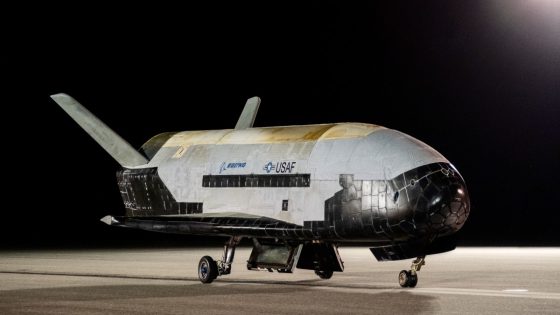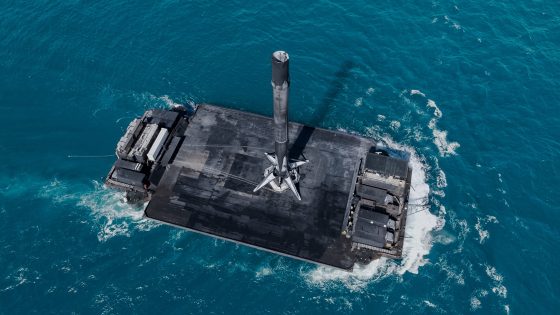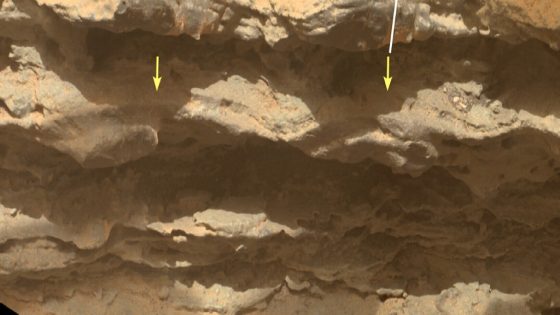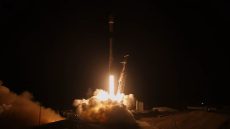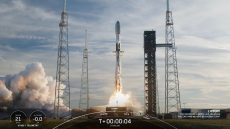On February 24, 2025, the Space Force shared a captivating photo of Earth taken by the secretive X-37B space plane. This image, captured during experimental aerobraking maneuvers, showcases the innovative technology being tested in orbit. How does this impact our understanding of space exploration?
- Space Force released X-37B photo from orbit
- Photo captured during aerobraking maneuvers
- X-37B's seventh mission ongoing since launch
- Previous mission lasted 908 days
- NASA experiment on plant seeds included
Space Force’s X-37B Mission: A New Era in Orbital Technology
The recent photo taken by the X-37B raises intriguing questions about the future of space exploration. What can we learn from this mission? The X-37B is not just a spacecraft; it’s a laboratory in orbit, pushing the boundaries of what we know about aerodynamics and fuel efficiency in space.
Understanding Aerobraking: A Game-Changer for Space Missions
Aerobraking is a technique that uses the drag of a planet’s atmosphere to slow down a spacecraft, allowing it to change orbits efficiently. This method is crucial for reducing fuel consumption, which is vital for long-duration space missions. The X-37B’s successful aerobraking maneuvers could pave the way for more sustainable space exploration.
Key Features of the X-37B Mission
The X-37B’s current mission includes several groundbreaking experiments:
- Testing new orbital regimes for future missions.
- Conducting experiments on plant seeds to understand radiation exposure.
- Developing future space domain awareness technologies.
- Utilizing minimal fuel through innovative aerobraking techniques.
What’s Next for the X-37B and Space Exploration?
The X-37B has already completed six missions, with its latest lasting over two years. As it continues to gather data and conduct experiments, the insights gained could influence future missions. Will we see more advanced technologies being tested in the coming years?
The Importance of Space Innovation for the U.S.
As the U.S. invests in space exploration, missions like the X-37B are crucial for maintaining a competitive edge. These advancements not only enhance our understanding of space but also ensure national security and technological leadership. How will these developments shape the future of space travel?



